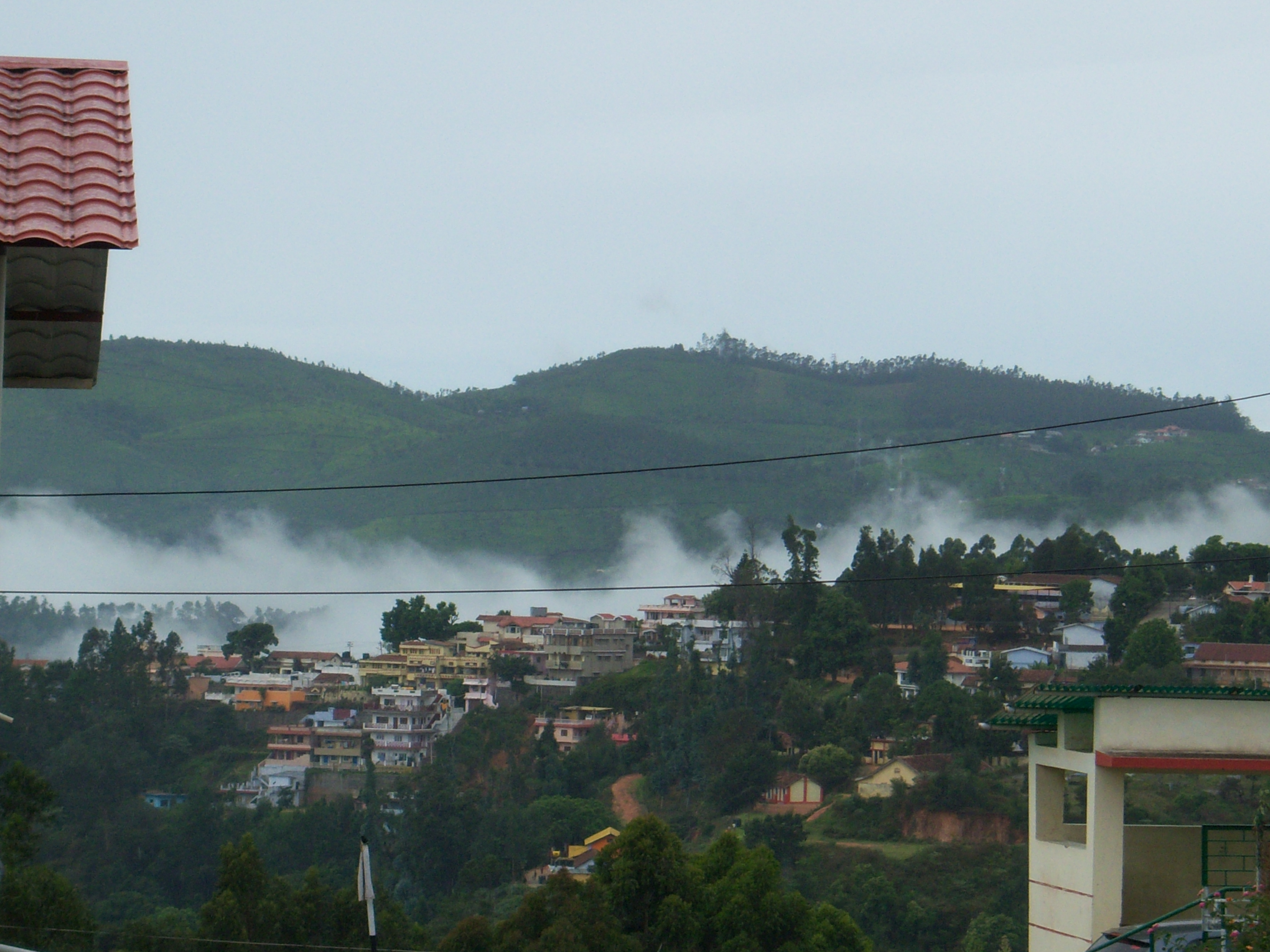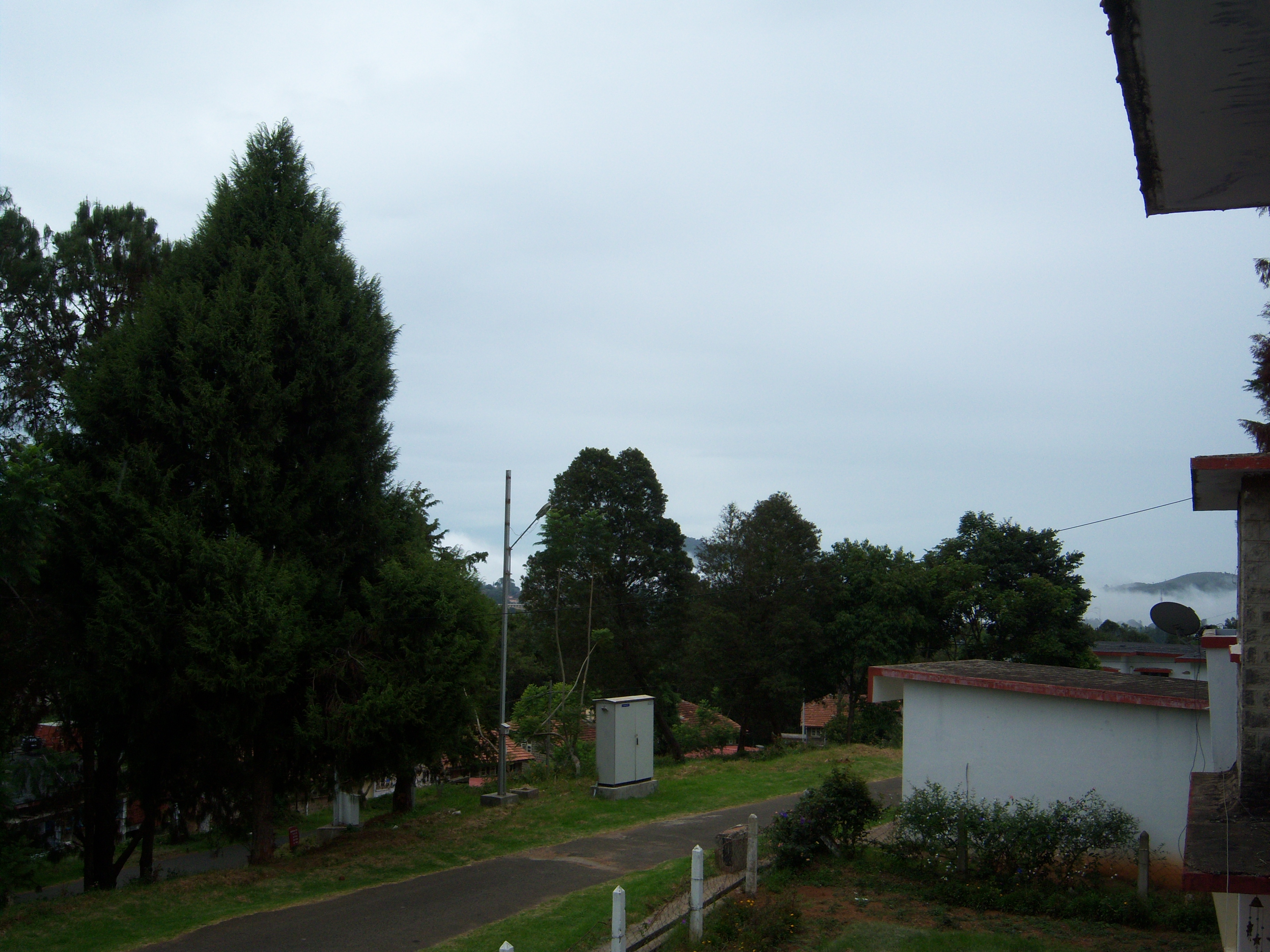Salubrious?! Not really…As I browsed through the Hoot magazine, I discovered that the WGC used to be called the ABC club – Asthma, Bronchitis and Cough! And rightly so. Within a week of arriving in Wellington my allergies started acting up, my nose was stuffed and eyes watery. Try as I might my hands and feet would never seem to get warm! Some reach for the medicine cabinet, but what about those who don’t want to infuse their systems with chemicals and toxins? I searched for answers in my practice and compiled a list of simple things you can do daily to combat the effects of this ‘salubrious’ climate:
1. Surya namaskar. Do either the 10 round or the 12 round, but practice every day! The practice of Surya namaskar gets your blood circulation going and generates heat in your body. So you remain warm and your body is able to fight against disease more effectively. At a spiritual level it brings a balance to your entire system including your metabolism. Surya namaskar is an effective way to loosen up, stretch, massage and tone joints, muscles and internal organs of the body. Those who have high blood pressure, coronary artery diseases, or have had a stroke should not practice the surya namaskar. People with back conditions should consult their doctors before practicing. Do NOT practice on the first three days of your cycle if you experience any adverse effects of practicing during menstruation.
2. Kapal bhati. Sit in any comfortable meditative asana (padmasana, ardha padmasana or sukhasana). Make sure your head and spine are straight and your hands are resting on your knees. Close your eyes and ensure that your whole body is relaxed. Now exhale forcefully through both nostrils with a forceful contraction of your abdomen. Let your inhalation be passive. Your exhalations should be from your abdomen. Consciously relax your shoulders, neck and facial muscles. Practice kapalbhati on an empty stomach. Do not practice before sleeping as this might cause sleeplessness. Those suffering from any kind of heart disease, high blood pressure, vertigo, epilepsy, stroke, hernia or gastic ulcer should NOT practice kapalbhati. Also do not practice during menstruation and pregnancy.
3. Paschima Namaskarasana. Stand or sit comfortably. Gently take your hands behind you and join them in a namaskar behind your back. Make sure that your palms are touching each other from the base to the top. Ensure the same for your fingers. This is a little challenging but works really well to open up your chest and strengthen your upper body. Consciously relax your shoulders and don’t forget to breathe! Paschima Namaskarasana expands your chest and allows your lungs to breathe more deeply. Increased oxygen into your system reduces depression. This asana relieves cervical spondylosis, increases the flexibility of the upper body, arms, elbows and wrists. Do NOT do this asana if you have stress related headaches, migraines, low blood pressure or insomnia.

4. Jal neti. You will need sterile lukewarm water, a neti pot and some salt. Add about half a tea spoon of salt to the water. The temperature and taste of this water should be similar to your tears. Stand straight and make sure your body weight is evenly distributed between your feet. After filling your neti pot with this water insert the nozzle into your right nostril. Do NOT use any force. Open your mouth and breathe freely through your nose. Slowly tilt your head to the left and adjust the position of your head until you feel the water from the pot entering your right nostril. The force of gravity will enable the water to flow out from your left nostril. Once done, block your right nostril and exhale forcefully and repeatedly through your left to ensure that any residual water comes out. Any leftover salt water it may irritate the nasal passage and manifest the symptoms of a cold. After this fill your neti pot again and repeat this on the left side.
The benefitsof jal neti are numerous. Ithelps to clear nasal passages by removing mucus and pollution. It also helps alleviate symptoms of cold, hypersensitivity, headache, sinusitis and bronchitis. It improves the sense of smell and even helps in maintaining good health of the ears, eyes and throat! Jal neti helps the practitioner maintain a fresh and youthful appearance by removing the muscular tension from the face. Do NOT practice if you have had a recent ear infection or a nasal septum operation. Also avoid it a few days after a bleeding nose.
5. Drink warm water! Needless to say, you must stay hydrated throughout the season. Warm water also helps flush out toxins from your system so you create space for more of the good things in life such as fun, good health and yoga!












